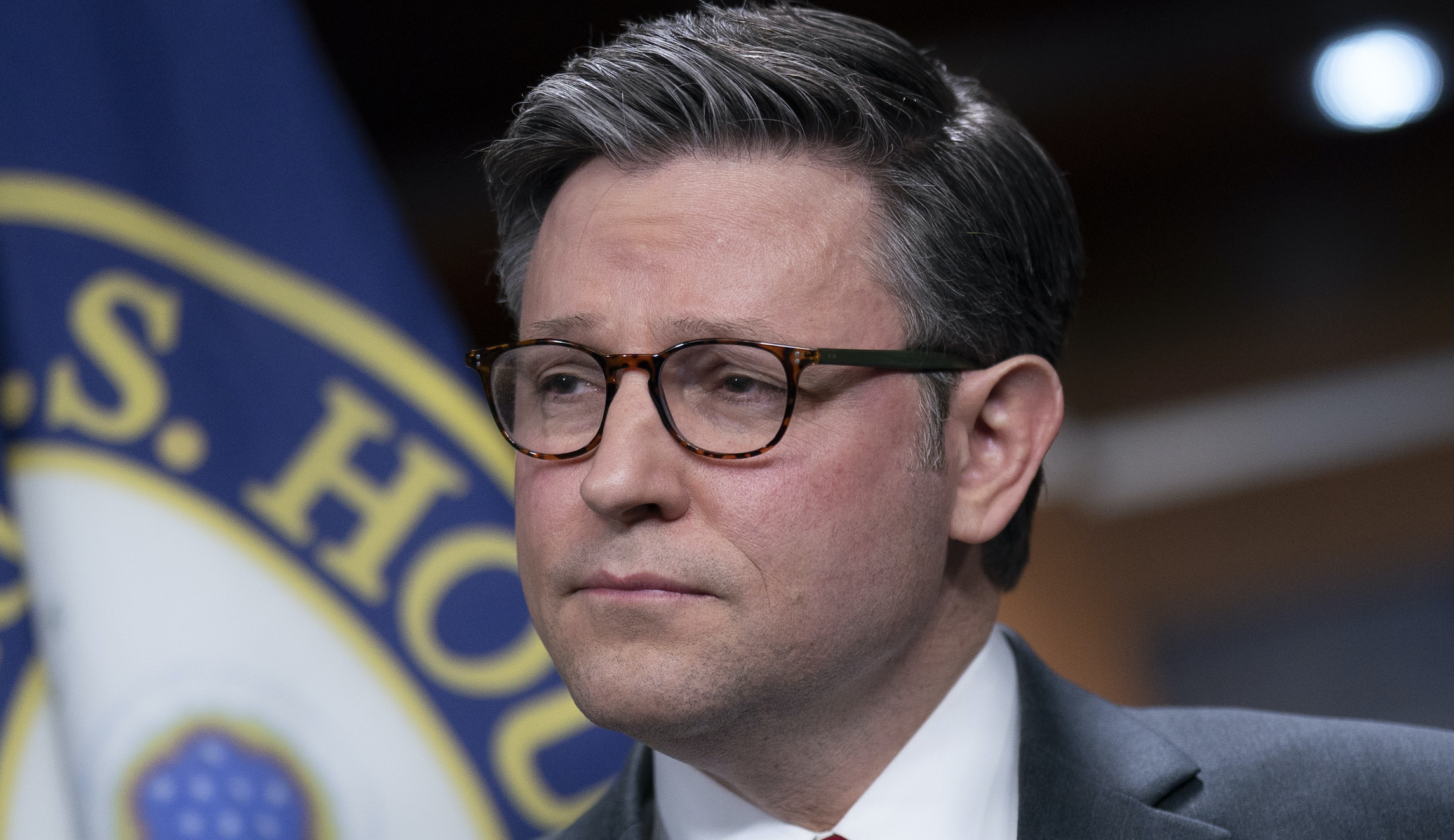

House conservatives are setting the stage for what is likely to be another high-profile government spending showdown just days ahead of a scheduled shutdown and federal agencies are set to lapse in funding.
Republicans in the House Freedom Caucus released a list of policies they want to see in spending negotiations when Congress returns to session next week, pushing for a one-year stopgap spending bill if those demands are not met. The list puts House Speaker Mike Johnson (R-LA) in a tough position because he must navigate a way to avoid a government shutdown scheduled for March 1.
“House Republicans should not be left in the dark on the status of spending levels and hard-fought policy provisions,” the caucus wrote in a letter to Johnson on Wednesday. “There are MANY other policies and personnel that Congress should not be funding, and a failure to eliminate them will reduce the probability that the appropriations bills will be supported by even a majority of Republicans.”
Members of the Freedom Caucus requested an update on where appropriations negotiations currently stand, demanding that legislative text include policies to defund the Pentagon abortion policy, prohibit funding for gun registries and red-flag gun laws, and block attempts by the Biden administration to remove parts of the southern border wall, among other things.
If their long list of demands is not met, the hard-line Republicans say the GOP should instead push for a one-year temporary funding bill that would implement 1% budget cuts across the board and keep government spending at the same levels.
However, that puts Republicans at odds with Democrats, who have already expressed opposition to a continuing resolution that would trigger budget cuts. That puts pressure on Johnson to either side with conservatives in his party for a partisan spending bill that will face a battle in the Senate or work across the aisle with Democrats on a bill that could easily pass both chambers.
The lower chamber is not scheduled to return until Feb. 28, just days before the federal government is set to enter a partial shutdown on March 1.
The first batch of appropriations bills are set to expire on March 1, meaning Congress must pass its Agriculture; Military Construction and Veterans Affairs; Transportation, Housing and Urban Development; and Energy and Water legislation to ensure continuing funding for a slew of government departments. The second deadline falls on March 8 for Congress to pass the remaining appropriations bills.
CLICK HERE TO READ MORE FROM THE WASHINGTON EXAMINER
However, the path forward remains unclear as the House has not made progress on any of its spending bills since November. The House has passed only seven of its 12 appropriations bills so far, with the Senate even farther behind at just three.
The House and Senate both must produce their own separate 12 appropriations bills before coming together for negotiations to agree on one finalized budget. But with the lower chamber not scheduled to return until Feb. 28, that leaves just three working days to pass some sort of spending agreement to keep the government’s lights on.





